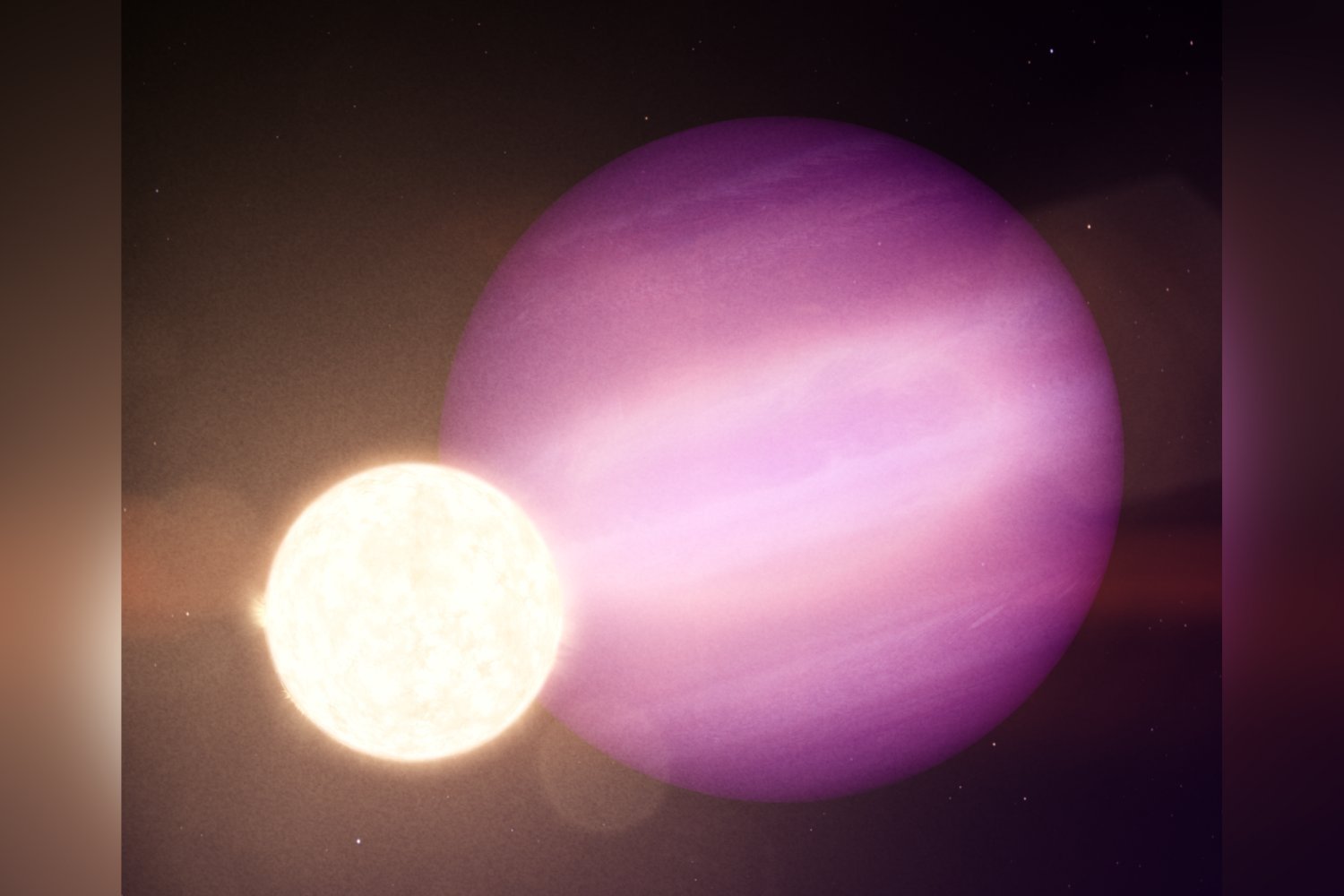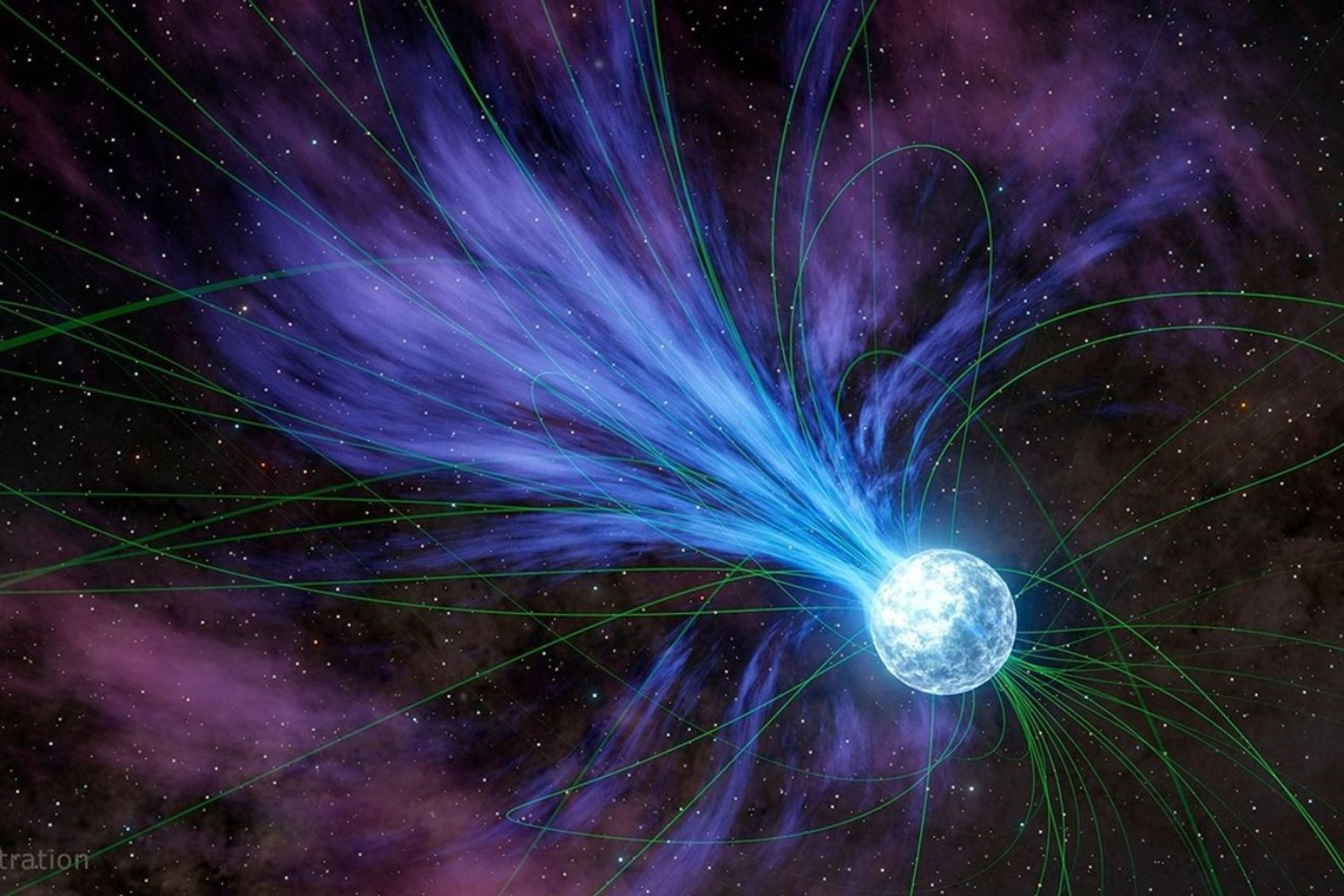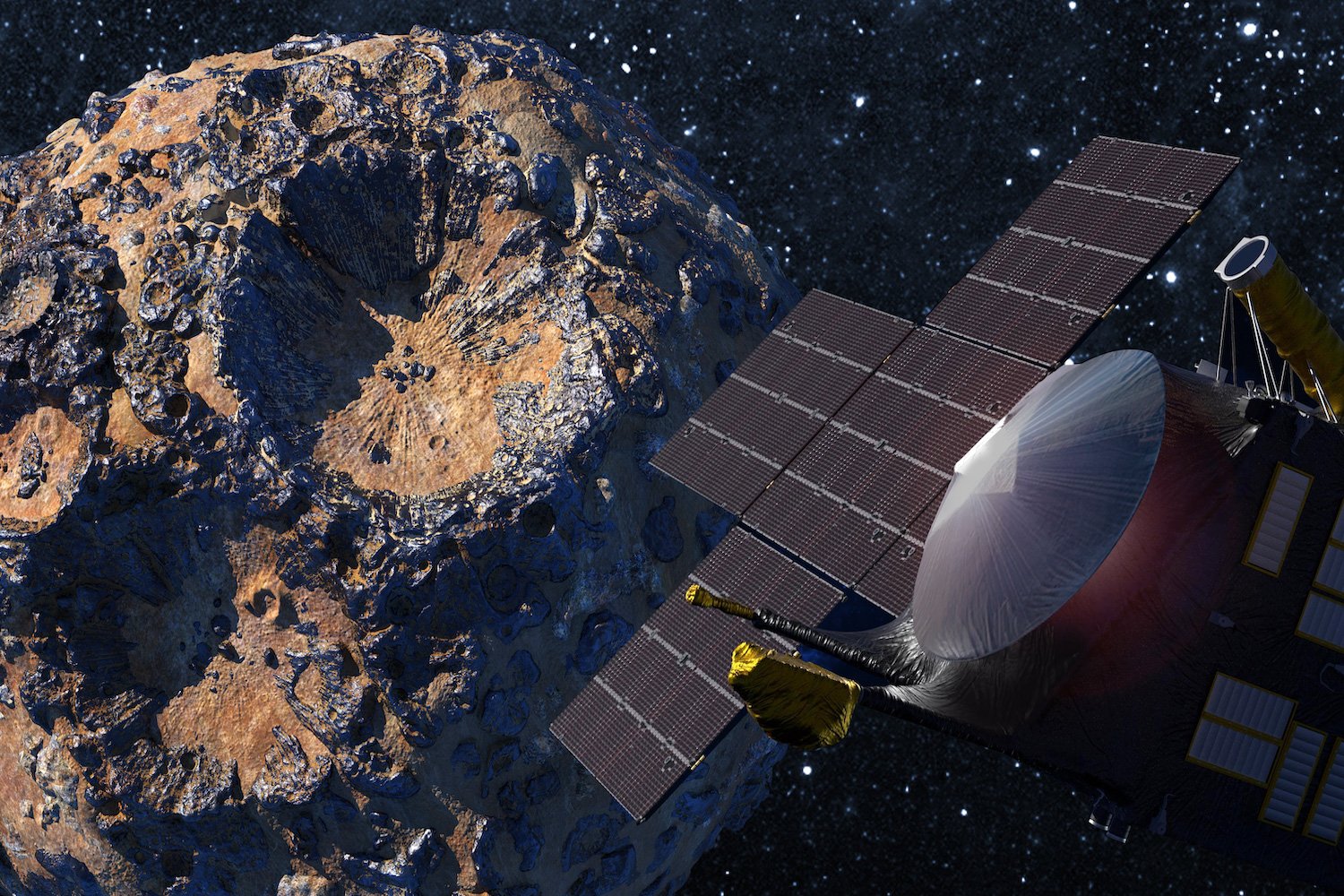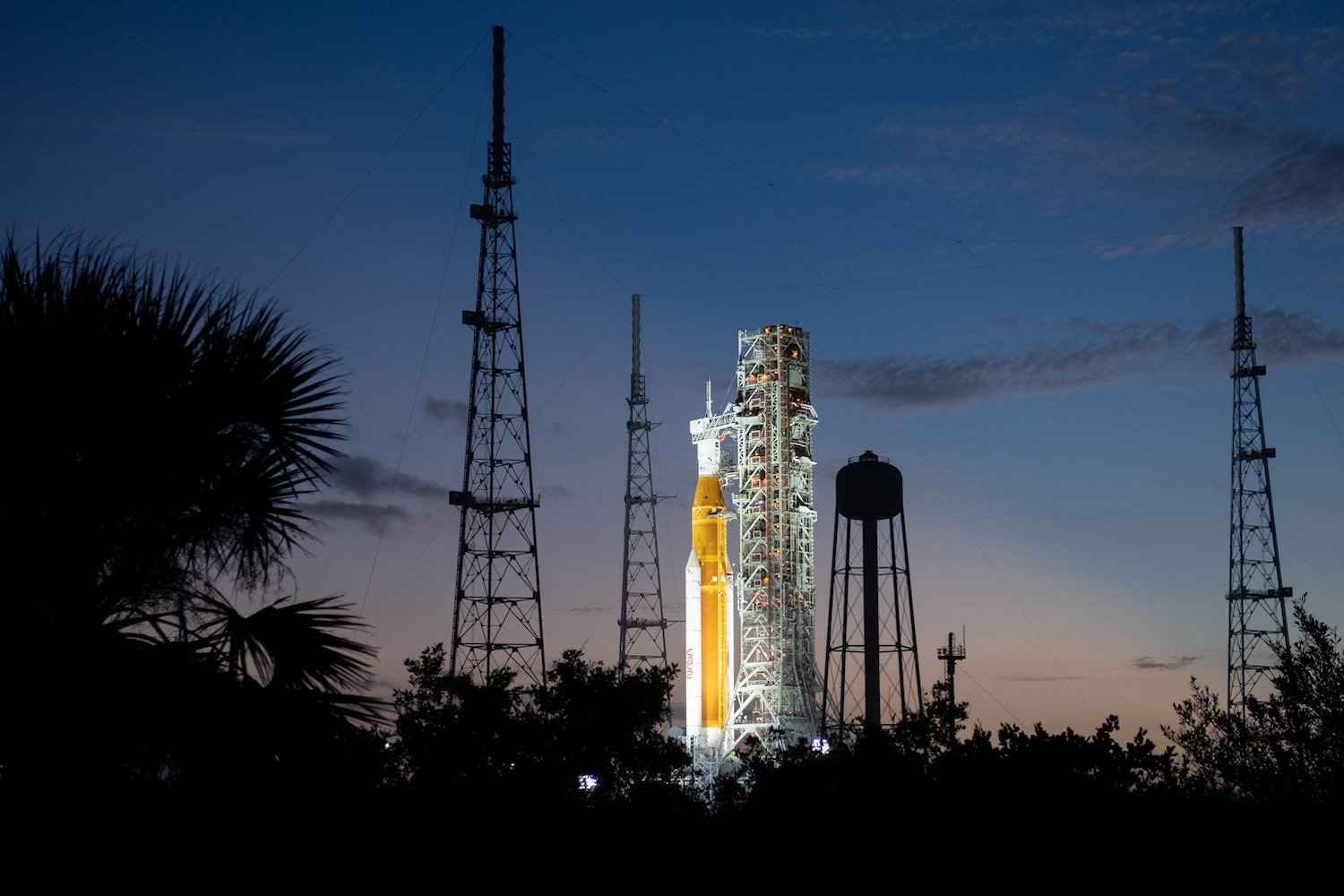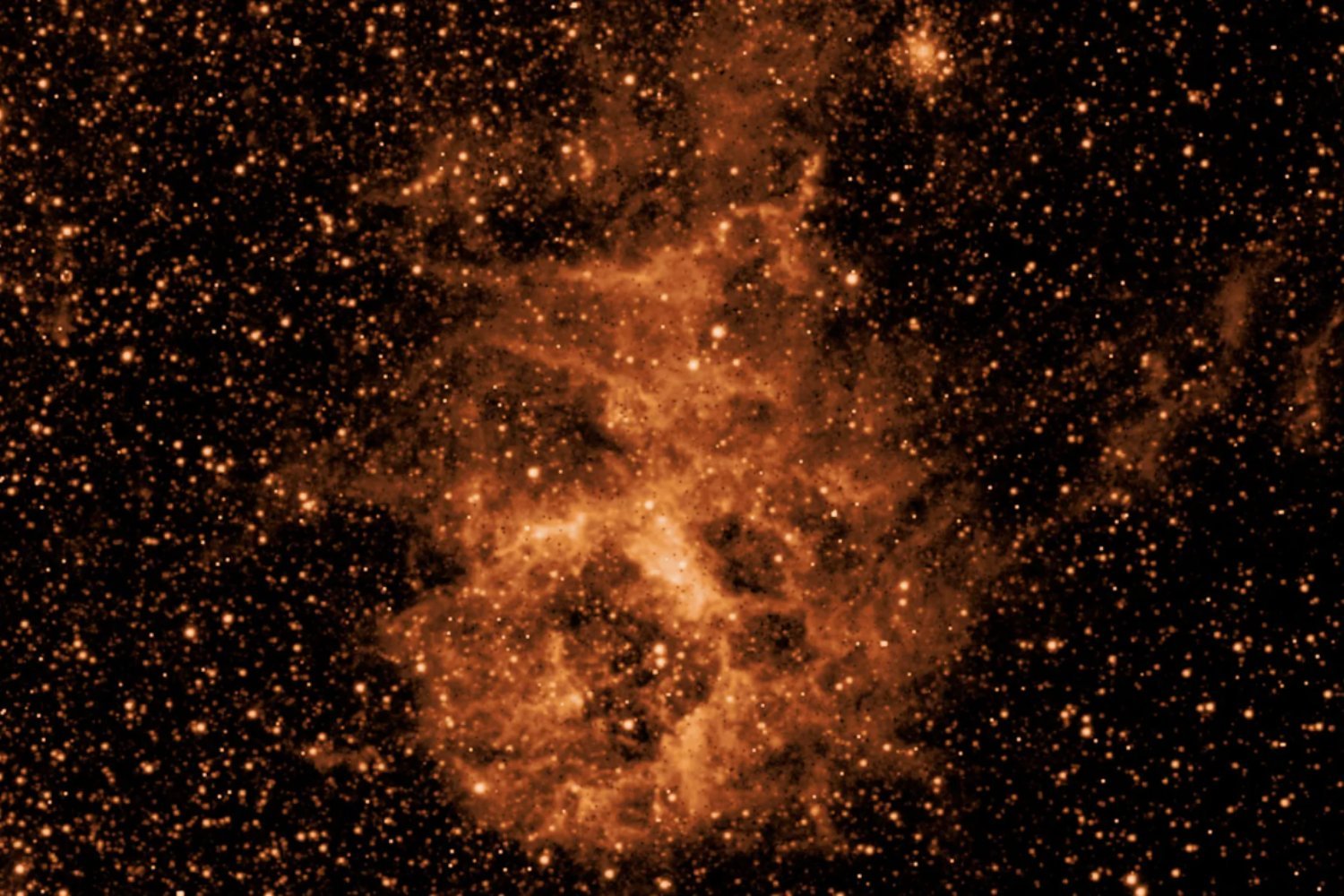The James Webb Space Telescope has made an extraordinary discovery, directly observing the faint glow of WD 1856+534 b, the coldest exoplanet ever detected through its emitted light. This remarkable finding provides valuable insights into the diverse conditions of planets beyond our solar system.
First identified in 2020, WD 1856+534 b is a Jupiter-sized exoplanet, roughly six times more massive than Jupiter, orbiting a white dwarf star. Twice as old as our solar system, this frigid world boasts an average temperature of a mere -125° Fahrenheit (-87° Celsius). This discovery, detailed in a preprint study on arXiv, highlights Webb’s unprecedented ability to detect incredibly faint thermal emissions.
A Unique Planetary System
WD 1856+534 b’s detection was facilitated by the dim nature of its host star. White dwarfs, the remnants of dead stars, are significantly less luminous than typical stars, allowing the planet’s faint glow to be observed. This unique circumstance provided Webb with an unobstructed view of the exoplanet. Furthermore, WD 1856+534 b’s close proximity to its star—orbiting at just 0.02 astronomical units—is unusual. This distance, closer than Mercury’s orbit around our Sun, places the exoplanet within the white dwarf’s “forbidden zone.” This region is where planets would have been engulfed during the star’s red giant phase. The exoplanet’s survival suggests that planetary migration into close orbits, potentially even habitable zones, around white dwarfs is indeed possible.
A Cold World Record
This discovery surpasses the previous record holder for the coldest directly imaged exoplanet, Epsilon Indi Ab. Imaged by Webb last year, Epsilon Indi Ab had an estimated temperature of 35° Fahrenheit (2° Celsius), significantly warmer than WD 1856+534 b. This new finding solidifies WD 1856+534 b’s position as the coldest known exoplanet observed by its emitted light. The research also definitively categorizes WD 1856+534 b as an exoplanet, resolving previous uncertainties about its classification as a brown dwarf. With its low temperature and revised mass estimates of no more than 5.9 Jupiter masses, it joins the thousands of exoplanets documented by scientists.
Webb’s Capabilities and Future Discoveries
The successful observation of WD 1856+534 b demonstrates Webb’s remarkable capability to study cold, mature planets, even those orbiting the faint remnants of dead stars. This groundbreaking discovery paves the way for further exploration and understanding of the vast diversity of exoplanetary systems and their unique environments.
Conclusion
The James Webb Space Telescope’s detection of WD 1856+534 b marks a significant milestone in exoplanet research. This coldest directly observed exoplanet offers invaluable insights into planetary formation, evolution, and the potential for habitable environments around white dwarf stars. The discovery underscores the power of Webb to unveil the secrets of distant worlds, paving the way for even more exciting discoveries in the future.



